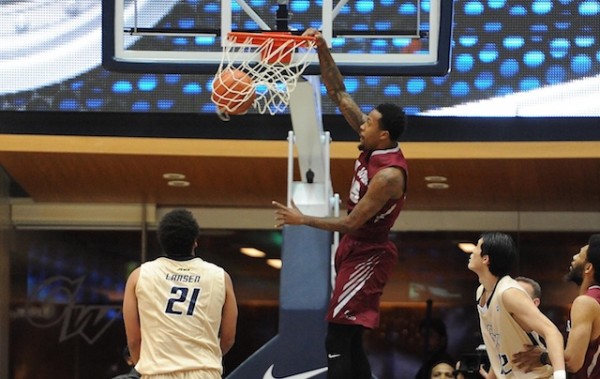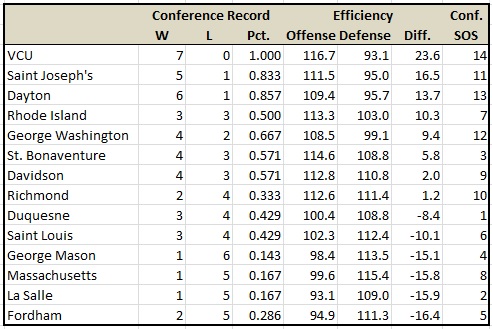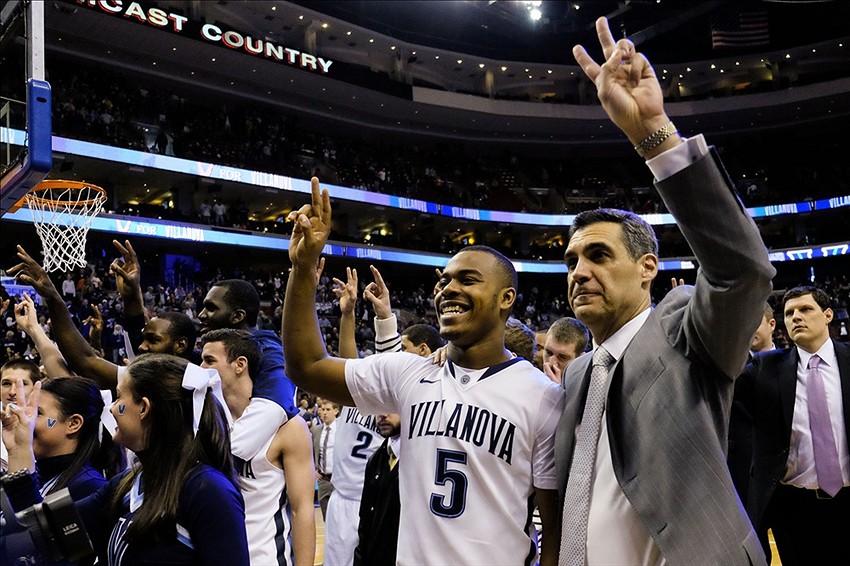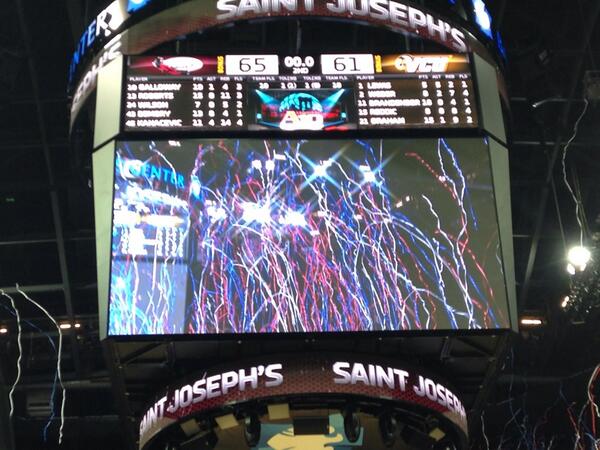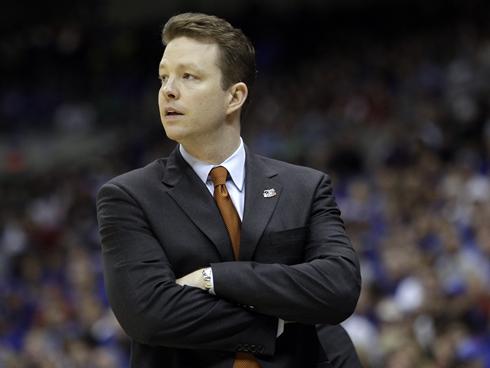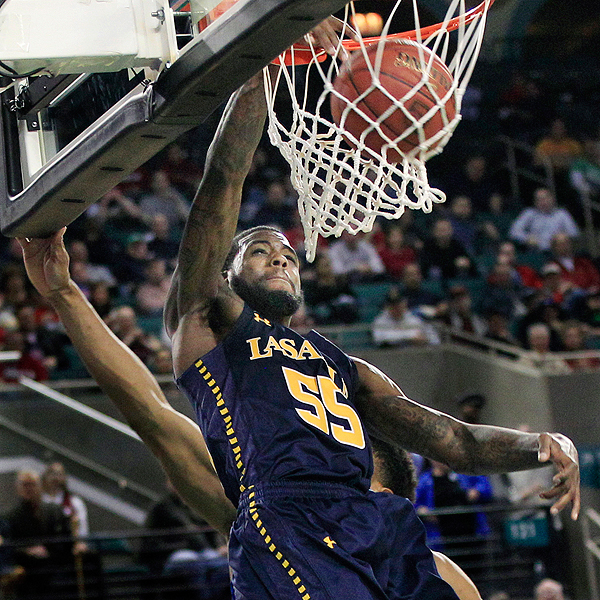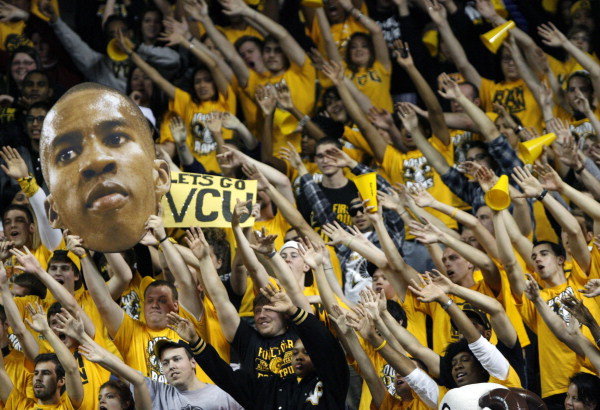Posted by BHayes on October 10th, 2013
Bennet Hayes (@HoopsTraveler) is an RTC national columnist.
The tumult of conference realignment has hit few conferences harder than it has the Mountain West and Atlantic 10, but as we prepare to set sail on the 2013-14 season, both leagues again loom as the best college basketball has to offer outside the now “power seven” conferences. We touched on each league a little bit in yesterday’s Morning Five, but storylines abound in two leagues that have generated plenty of national buzz in recent years. Both are expected to maintain holds in the upper echelon of the mid-major hierarchy, but offseason membership changes have left things less certain than usual, especially in the A-10. The constant churn of programs jumping from conference to conference has left leagues in varying states of disarray, and 2013-14 finds both the Mountain West and Atlantic 10 at a crossroads. The challenges are different in each situation, but with the relatively uncertain future of today’s college basketball’s climate, another strong season in comparison with the high-majors would go a long ways towards stabilizing each of these traditionally strong conferences.
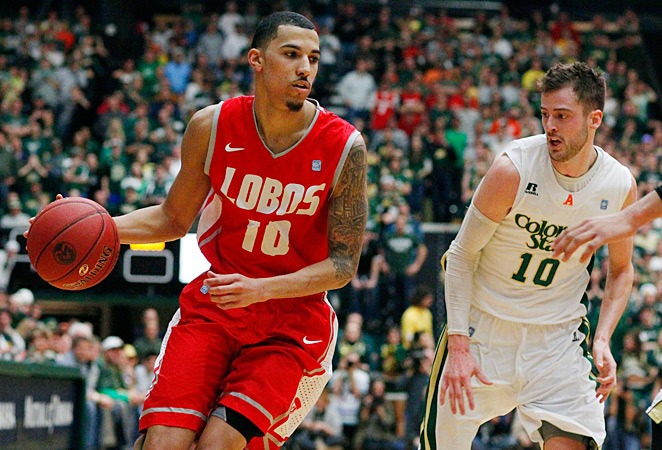
Kendall Williams And New Mexico Are Just One Of Many Teams With High Hopes In The Mountain West
This season’s iteration of the Mountain West is bigger, but is it better? The preseason poll released Tuesday offered confirmation of the general consensus surrounding newcomers Utah State and San Jose State: Stew Morrill and the Aggies should be a factor in the top half of the conference, while the Spartans, despite their eye-catching new floor, are likely to be MW doormats. But even if Utah State matches or exceeds expectations in their conference debut, the conference as a whole will struggle to replicate the success of 2012-13 – those good old days when the MW was number one in conference RPI (no typo). The trio at the top of this year’s preseason poll all have a chance at replicating, or even improving upon, their successful campaigns of a year ago.
The return of preseason MW POY Kendall Williams and first teamer Alex Kirk has left New Mexico as the conference’s presumptive favorite: the Lobos earned all but one of 24 first place votes. A talented but overhauled UNLV squad scooped up that final first place vote, while Boise State’s return of nearly every key contributor earned the Broncos enough acclaim to tie for second with the Rebels in the poll. The Morning Five highlighted another talented San Diego State roster that sits behind those three teams in the eyes of the media, and let’s face it — it’s probably time we start giving Steve Fisher the benefit of the doubt – the Aztecs are an annual factor out west. But behind the Aztecs and Aggies (Utah State was picked to finish fifth) lies much of the intrigue in this year’s MW. A season ago, the four non-Tournament teams (Air Force, Wyoming, Fresno State and Nevada) were all extremely competitive, especially on their home floors. Their strength was a big reason for that heady conference RPI. This year’s bottom half again appears feisty, with a couple of teams – Nevada (#9) and Fresno State (#8) appearing especially undervalued in the preseason evaluations. Nobody – inside our outside the league — is expecting the MW to finish atop the conference RPI again this season. But another solid campaign, on the heels of that banner season of a year ago, would be awfully sound validation of a league unprepared to leave the national consciousness anytime soon.
Read the rest of this entry »
| commentary
| Tagged: Alex Kirk, atlantic 10, boise state, dayton, fresno state, george mason, Kendall Williams, lasalle, mountain west, nevada, new mexico, richmond, san diego state, st joseph's, st louis, umass, unlv, vcu
Share this story
